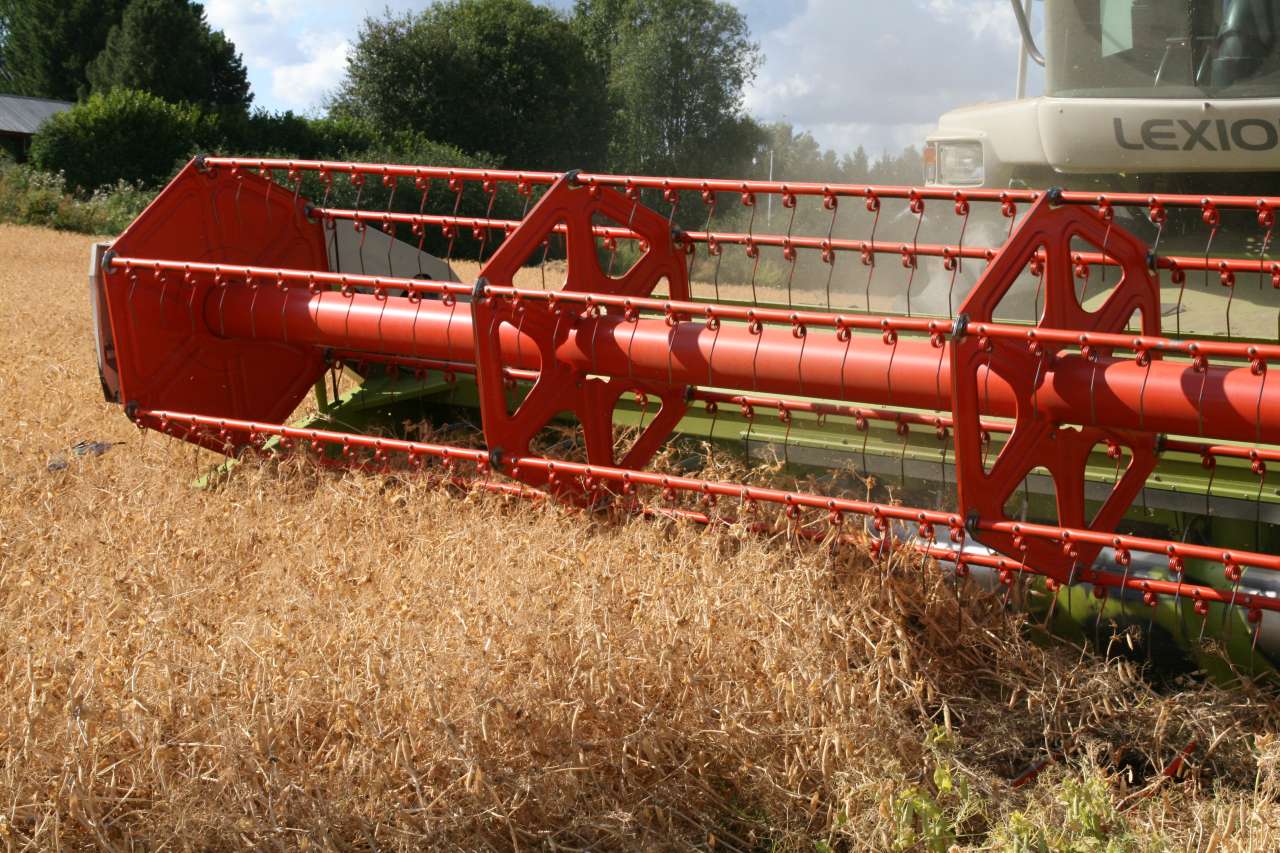Can we produce more plant protein for food?

Photo: Unni Abrahamsen
Norway is a grassland with huge wilderness resources, but we also have significant land areas on which we can produce grains and vegetables. Is it possible to increase the production of plant protein nationally, or do we have to rely on imports?
“Norwegian agriculture should aim to displace some of the current imports of plant products for food, either in the form of raw materials or finished products. Demand for plant products is increasing, and it would be a shame if Norwegian agriculture misses out on this value creation,” argues researcher Unni Abrahamsen.
We also import large volumes of plant protein for feed concentrate. There is a strong desire to reduce these volumes. Pork producers and organic milk producers have signaled that they would like to see a target of 100 percent Norwegian feed. However, with current requirements for feed concentrate volumes and protein content, we cannot achieve this, even if we could
fully harvest our potential.
“Some imports will continue in the future,” says Abrahamsen. For example, soy and chickpeas will continue to be important. However, we should be able to produce greater quantities of grain legumes ourselves, such as peas and faba beans.
Cultivating more oilseed crops and grain legumes would also be positive in terms of cereal production. Better crop rotation results in higher yields and protein content in cereals, as well as generally better grain quality. Disease severity is also reduced.
By using a range of processing techniques, the use of the cereals can be expanded and used for products other than bread. A combination of oats and grain legumes can also create products with a good protein composition in meat-replacement products.
“We should be producing as much plant protein as possible, both for feed concentrate and food. Wheat suited to bread baking is currently an important part of our production. In the same way, plant protein for food could become an important element of production in the next few years,” Abrahamsen concludes.
Contacts

Contacts

